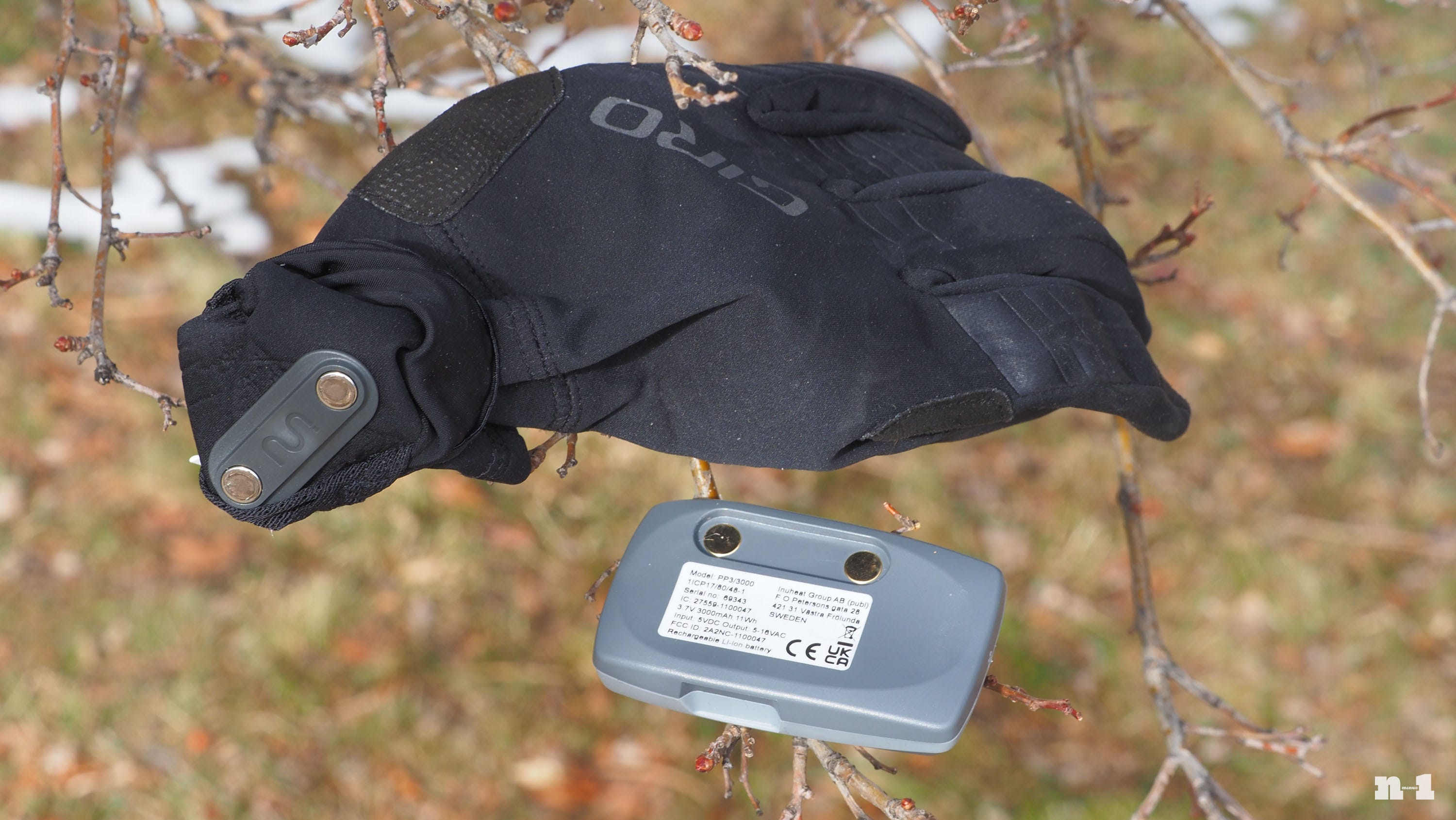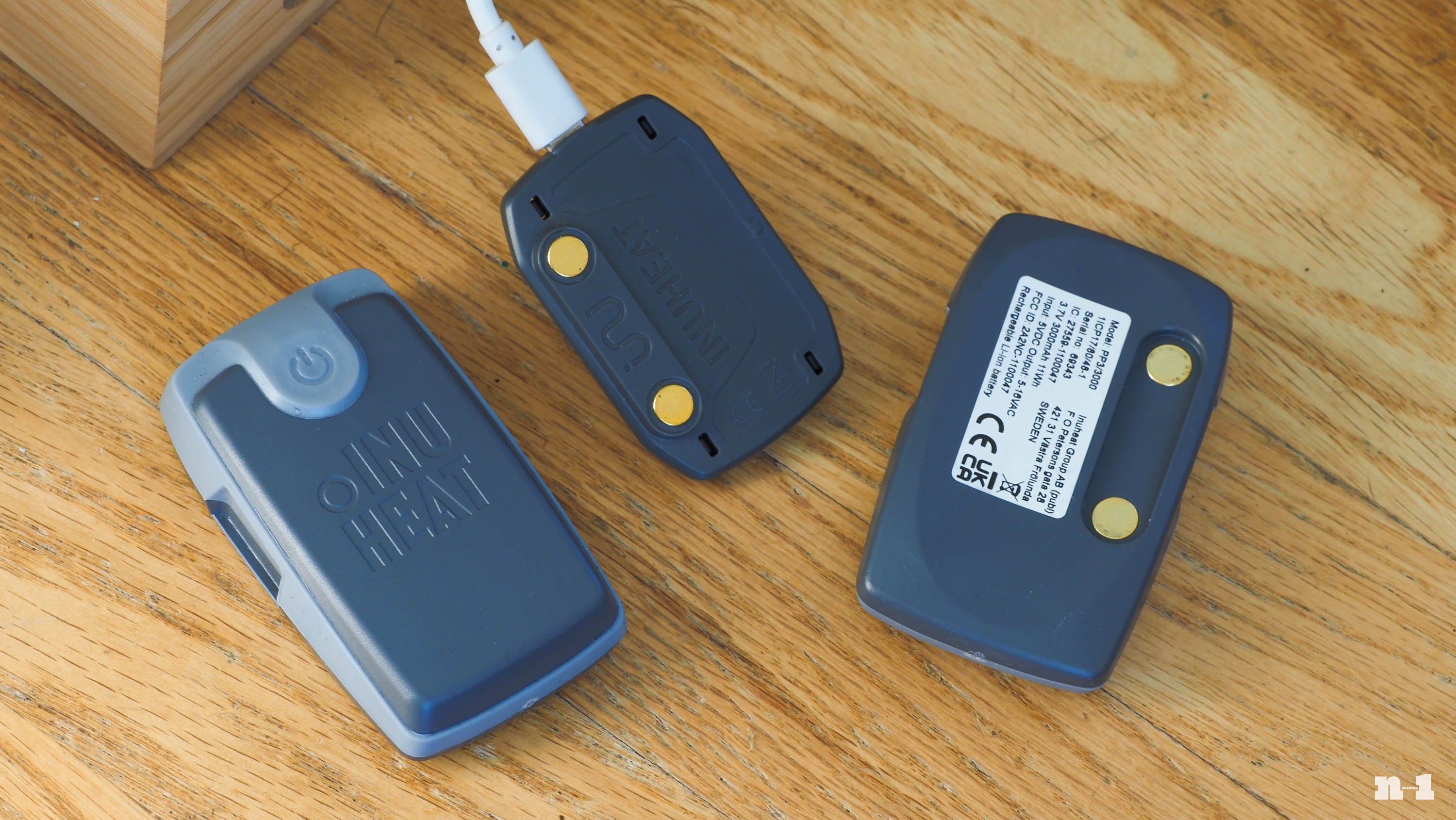Giro Vulc Lightweight heated glove review: Semi-warm hands, but also an empty wallet
The so-so-execution only exacerbates the sky-high price tag.
Ah, winter.
There’s almost no end to the range of good cycling clothing available these days, and as long as you’re prepared to pay a pretty penny, it’s easy enough for most of us to keep our cores, arms, legs, and heads warm while riding in cold weather. That’s not always the case when it comes to our extremities, though, and keeping our hands and feet warm can often be more than a little challenging.
When it comes to hands (I’ll maybe address feet another day), the usual approach is to amp up the insulation to help retain as much heat as possible. But what if you have Raynaud’s (which affects as much as 20% of the population) and there isn’t any heat to retain? That strategy just won’t work. Even if you fall into the 80% category (like I do), I think few cyclists would argue that riding with bulky gloves kinda sucks. You can’t feel the bars, you can’t feel the controls, you don’t have as much control, period.
And so that’s why I’ve been intrigued with Giro’s Vulc Lightweight gloves.
Built with a DWR-treated soft-shell exterior, windproof membrane, and microfleece liner, Giro says the Vulc Lightweight is suitable for temperatures “well below” freezing (cue the raised eyebrow). The unpadded synthetic suede palm and fingers promise good grip – even in wet conditions – there are touchscreen-compatible yarns on the ends of the index fingers and thumbs so you can show everyone on Instagram in real-time how hardcore you are, there’s a bit of reflective material to brighten up the otherwise all-black exterior so you can fool yourself into thinking drivers can see you, and there’s a particularly long gauntlet to help keep your wrists from freezing.
Wait, why am I talking about “Lightweight” anywhere in the context of winter riding? Surely “lightweight” and “warm” are mutually exclusive properties when it comes to gloves, right?
Yes, but the Vulc Lightweight gloves have a literal trick up its sleeves. They’re heated.
Those unusually long (almost laughably long, in fact) gauntlets also happen to house pockets for Inuheat One power packs. These connect with embedded magnets to stainless steel wires that run along the backs of the hands and fingers. When the system is turned on, you’re promised over seven claimed hours of warmth on the lowest setting, or just an hour and a half at full blast.
In other words, what the fully outfitted Vulc Lightweight package dangles before you is the warmth of a much thicker and bulkier glove, but, uh, without the thickness or bulk.
Sound too good to be true? Yeah, it does.
Like a Reese’s Peanut Butter Cup for your fingers
The Giro Vulc Lightweight is actually a two-part system. On its own, it’s not heated, which conjures (in my head, anyway) the image of store-bought taco shells that are gloriously filled on the box, but don’t actually include any fillings. Giro builds into the Vulc Lightweight all of the required infrastructure for a heated glove, including embedded wires running along the back of the palms and fingers, and those pockets for the Inuheat power packs. But since both of those things are from different companies, you unfortunately have to buy them separately.
Giro at least sells both of them so it’s not like you have to also go with two different vendors, but the combo is a very expensive proposition. The gloves alone come in at US$170 and the Inuheat bits add another US$190 on top of that for a whopping grand total of US$360 – even more expensive than some of the nicest heated ski gloves on the market. Yowza.
As many people with perpetually cold fingers will attest, though, even that would be a reasonable price to pay if they actually keep your hands warm. To that end, the Vulc Lightweight… sort of works.
Keep reading with a 7-day free trial
Subscribe to n-1 to keep reading this post and get 7 days of free access to the full post archives.








